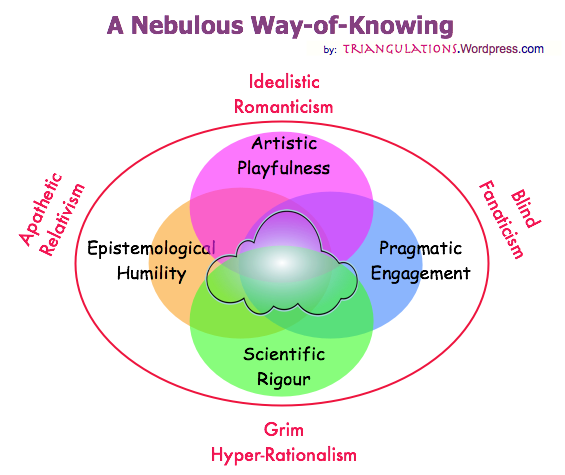 Years ago, on one of my early morning walks, alone on a Jersey beach, I noticed something about the seashells in the sand. I noticed that my feet rarely hurt me because most of the shells were facing down, not up.
Years ago, on one of my early morning walks, alone on a Jersey beach, I noticed something about the seashells in the sand. I noticed that my feet rarely hurt me because most of the shells were facing down, not up.
I decided to test my observation by choosing different spots scattered down the beach to count the shells. I sampled the shells by standing on one foot and using the other to trace a large circle on the beach. I’d then count the number of shells in the circle and calculate the percent of upward facing shells. And sure enough, about 90% were upward facing in all my circles. It looked like I had discovered a physics principle.
I then wondered what sort of physics made this happen. So I gathered a bunch of shells, threw them in the air, and calculated the percentages in the same way. The ratio was much different – about 50/50. So then I put those shells in the retreating waves and watched them flip downward. The percentage approached 90% again. “It must be fluid mechanics,” I thought to myself.
“Fluid Mechanics” — hell, that almost sounds like I know what I am talking about, doesn’t it? But I still didn’t know and as I explored the issue further, I learned more about human nature than I did physics.
Very excited about my beach discovery, I began to tell friends and colleagues. Those patient enough to listen to my ramblings all thought they knew exactly why the shells flipped that way. “Yep, it is the water. It pulls on the shells, flipping them face down.” And they said this with certainty and a tone of voice which also said, “Isn’t it sort of obvious?” But I had put hard work into my experimenting which they seemed to feel was a silly waste of time since the principle is so obvious.
So I decided to elaborate the experiment with an evil twist: I told a bunch of other folks the same story but this time I lied about the shells telling them that 90% of the shells were face up, not face down. And sure enough, the result was the same. Everyone proclaimed with certainty, “Well, it is obvious, the water pulls the shells like a bowl and makes them land face up.”
So, at this point, you’d think my learning here was that people are too quick to settle on a “just-so” theory, but my experiment revealed an even nastier insight.
So you’d hope that when I revealed to these listeners the trickery that they would laugh. I hoped they’d see that I set up the story to reveal that our minds prefer to settle on a “just-so” quick explanations than really digging for the truth. But no, they were angry.
After telling the fictitious story and letting the listener spin their cocky pseudo-scientific certainty, I revealed that I had lied so as to show how easily we were more interested in a quick explanations than a true explanations. But when I did so, people did not say, “Wow, that is fascinating!” but instead they were very upset at my deception and all the stuff the experiments revealed were lost.
We don’t want to know what our minds are doing.




































Perhaps there isn’t a real answer.
@annell4: I’m sure there IS a real answer.
I have recently come to a similar conclusion about human behavior when analyzing my own success rate hunting Whelk shells at an undisclosed location in Cape May County. This is the insidious danger of “common sense” in that it is based on the ‘obvious’ without any real research or analysis or even slight mental effort done. Everyone does it, yet rarely do we see it for what it is.
Plotinus — well put